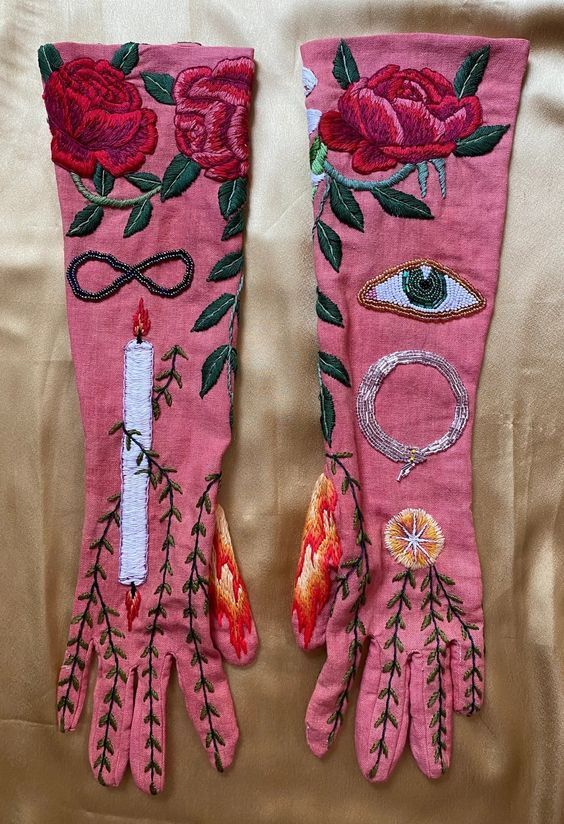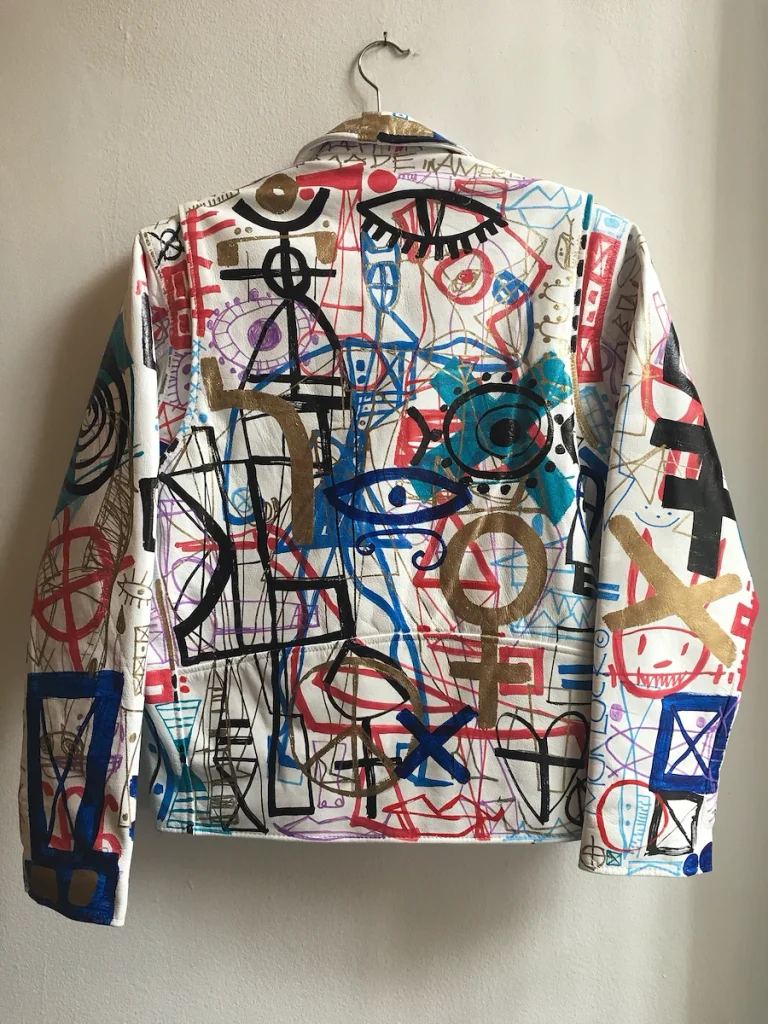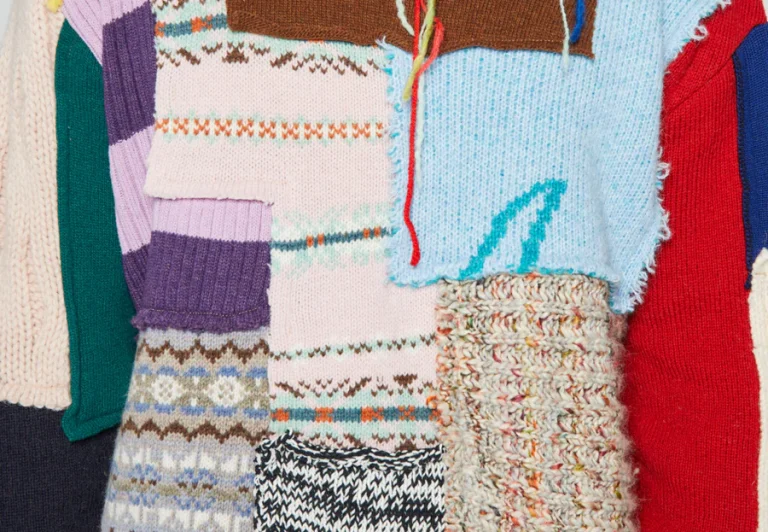The world of DIY fashion, where creativity meets sustainability, opens up many opportunities for emerging designers and artists. Discover how personalized style and handmade trends are revolutionizing the fashion industry.
The Rise of DIY in Fashion
The Do It Yourself (DIY) movement in fashion represents a vibrant intersection of creativity, individuality, and sustainability. This resurgence is not just a nod to the past but a bold step into the future of fashion, fueled by a desire for personalization and ethical consumption. The roots of DIY fashion stretch back to various cultural and historical moments, from the punk movement’s rebellious customizations to the resourcefulness of wartime make-do and mend practices. Today’s resurgence is driven by a similar spirit of rebellion and resourcefulness, adapted for the digital age.
Platforms like Instagram, Pinterest, and YouTube have revolutionized the spread of DIY fashion, transforming it from a niche hobby to a mainstream trend. Social media offers inspiration and a space for sharing tutorials, tips and showcasing personalized creations. In an era where personal brand is paramount, DIY fashion allows individuals to express their unique identities. Customizing or creating clothing and accessories becomes a statement of self, with each piece reflecting personal stories, values, and aesthetic preferences.
Popular DIY Fashion Trends
The DIY fashion scene is diverse, ranging from simple customizations to complex creations, all underscored by a commitment to personal expression and sustainability. Upcycling has gained popularity as a sustainable alternative to fast fashion, with enthusiasts transforming thrift finds or old wardrobe staples into new, fashionable pieces through dyeing, cutting, or adding embellishments. Handmade accessories are booming, with DIY enthusiasts crafting unique pieces like beaded necklaces, crochet hats, or knit scarves, adding a personal touch to any outfit and championing slow fashion principles. DIY fashion is inherently linked to sustainability, as it encourages the reuse and repurposing of materials, reducing waste and the environmental impact of clothing production.
DIY Fashion in the Digital Age
Technology has contributed to the evolution of DIY fashion, making it more accessible and expanding its possibilities. The internet is awash with resources for aspiring DIY fashionistas, from step-by-step tutorials on sewing and embroidery to workshops on more advanced techniques, making skill acquisition more accessible than ever.
E-commerce platforms like Etsy and social media marketplaces have opened new avenues for DIY creators to share and monetize their work, fostering a vibrant community of indie fashion designers. Digital tools and design software have democratized fashion design, allowing DIY designers to experiment with patterns, prints, and cuts, bridging the gap between amateur and professional design.
DIY Fashion and Community Building
The DIY fashion movement is as much about community as it is about individual expression, with shared values of creativity and sustainability forging solid bonds among practitioners. Online forums and social media groups have become hubs for DIY fashion enthusiasts to exchange ideas, offer support, and collaborate, driving the evolution of trends from the bottom up.
DIY is about collective input, collaborative projects, and crowdsourced designs, which lead to innovative and diverse creations that reflect the voices of many rather than a single designer. Physical events like pop-up shops, swap meets, and workshops provide platforms for showcasing and selling DIY creations and serve as spaces for the community to share skills and inspire each other.
Challenges and Critiques of DIY Fashion
Despite its many positives, the DIY fashion movement faces challenges and critiques, from quality questions to inclusivity issues. One critique of DIY fashion is the variability in the quality and durability of homemade items, which can depend heavily on the skill level of the creator and the materials used.
As DIY fashion intersects with commercial fashion, intellectual property, and copyright questions emerge, particularly when DIY designs are inspired by or replicate existing commercial pieces. While DIY fashion champions personal expression, there are concerns about accessibility and inclusivity, particularly for those with limited access to resources, tools, or skills necessary to participate fully in the movement.
The Future of DIY Fashion
The future of DIY fashion is bright, with technological advancements and a growing community of creators pushing the boundaries of what’s possible. Emerging technologies like 3D printing and digital fabrication are set to revolutionize DIY fashion, offering new ways to create complex, customized pieces at home.
As the influence of DIY culture grows, mainstream fashion brands are beginning to incorporate DIY elements into their collections, acknowledging the demand for personalization and authenticity. The DIY fashion movement is expected to continue growing, emphasizing sustainability, community, and innovation driving future trends. As more individuals seek to express their identity through their clothing, DIY fashion will remain at the forefront of this personalized, conscientious approach to style.


Photography by JODY MORLOCK

